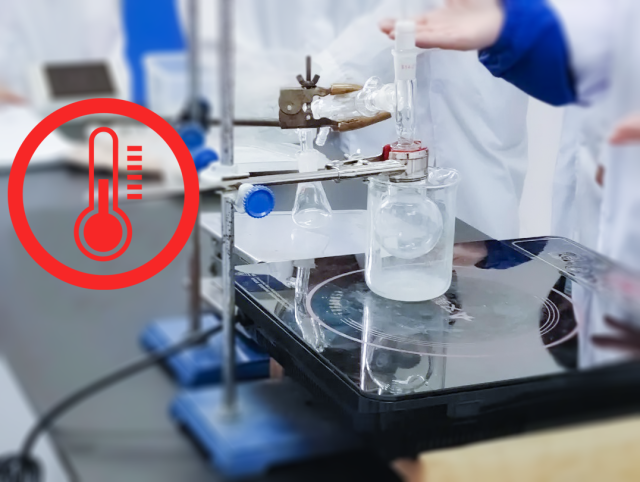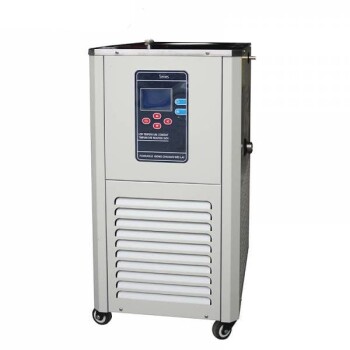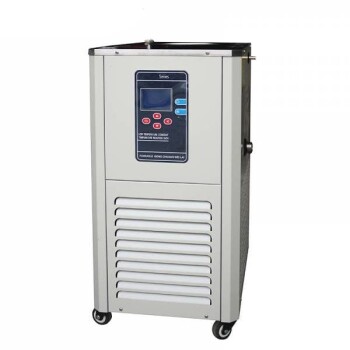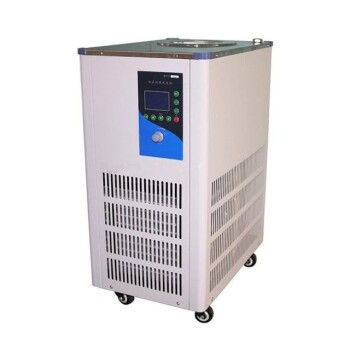Introduction: Importance of Using a Chiller
Chillers are essential laboratory equipment used to maintain a constant temperature during experiments. They are especially important when using a rotary evaporator (rotavap) to prevent overheating. Overheating can cause damage to equipment, compromise results, and even pose a safety hazard. Chillers work by circulating a coolant through a heat exchanger to remove heat from the system. They are available in various sizes and types to cater to different laboratory needs. Investing in a chiller can help ensure smooth and efficient experimentation, and it is a wise decision for any laboratory that wants to maintain high-quality results.
Table of Contents
The Basics of Chiller Usage
Using a chiller is essential to maintain a constant temperature in your rotavap and prevent overheating that could potentially damage your experiments. Here are the basic steps to follow when using a chiller with your rotavap:
Step 1: Setting the Temperature
The first step in using a chiller is to set the temperature to the desired level, which is typically between 0 to 35°C, depending on your experiment. It is important to ensure that the chiller is capable of maintaining a temperature at or below the boiling point of your solvent, as this ensures that the coolant stream is suitable for condensation to occur at an optimal rate.

Step 2: Properly Connecting the Chiller
After setting the temperature, the next step is to ensure that the chiller is properly connected to the rotavap. This includes checking that all necessary hoses or tubing are properly attached and that the coolant flow is going in the correct direction. It is important to refer to the chiller's user manual for specific instructions on connecting it to your rotavap.
Step 3: Checking the Coolant Level
Before starting your experiment, it is important to check that the coolant level in the chiller is sufficient. If the coolant level is too low, the chiller may not be able to maintain a constant temperature, which can lead to overheating. Refer to the chiller's user manual for instructions on how to fill the coolant to the correct level.
Step 4: Regular Maintenance
Regular maintenance of the chiller is essential to ensure that it continues to function properly. This includes cleaning the cooling coils and checking the coolant levels. It is important to follow the manufacturer's recommended maintenance schedule to ensure that your chiller is functioning optimally.
Overall, using a chiller is a simple and effective way to ensure that your experiments using a rotavap are successful and free from overheating issues. By following the basics of chiller usage, you can ensure that your results are accurate and reliable, and that your experiments are not compromised by temperature fluctuations.
Best Tubing Materials to Use
When it comes to choosing the best tubing materials for your chiller, there are several factors to consider. The most important of these is the chemical compatibility and temperature resistance of the material. The following are some of the commonly used tubing materials and their features.
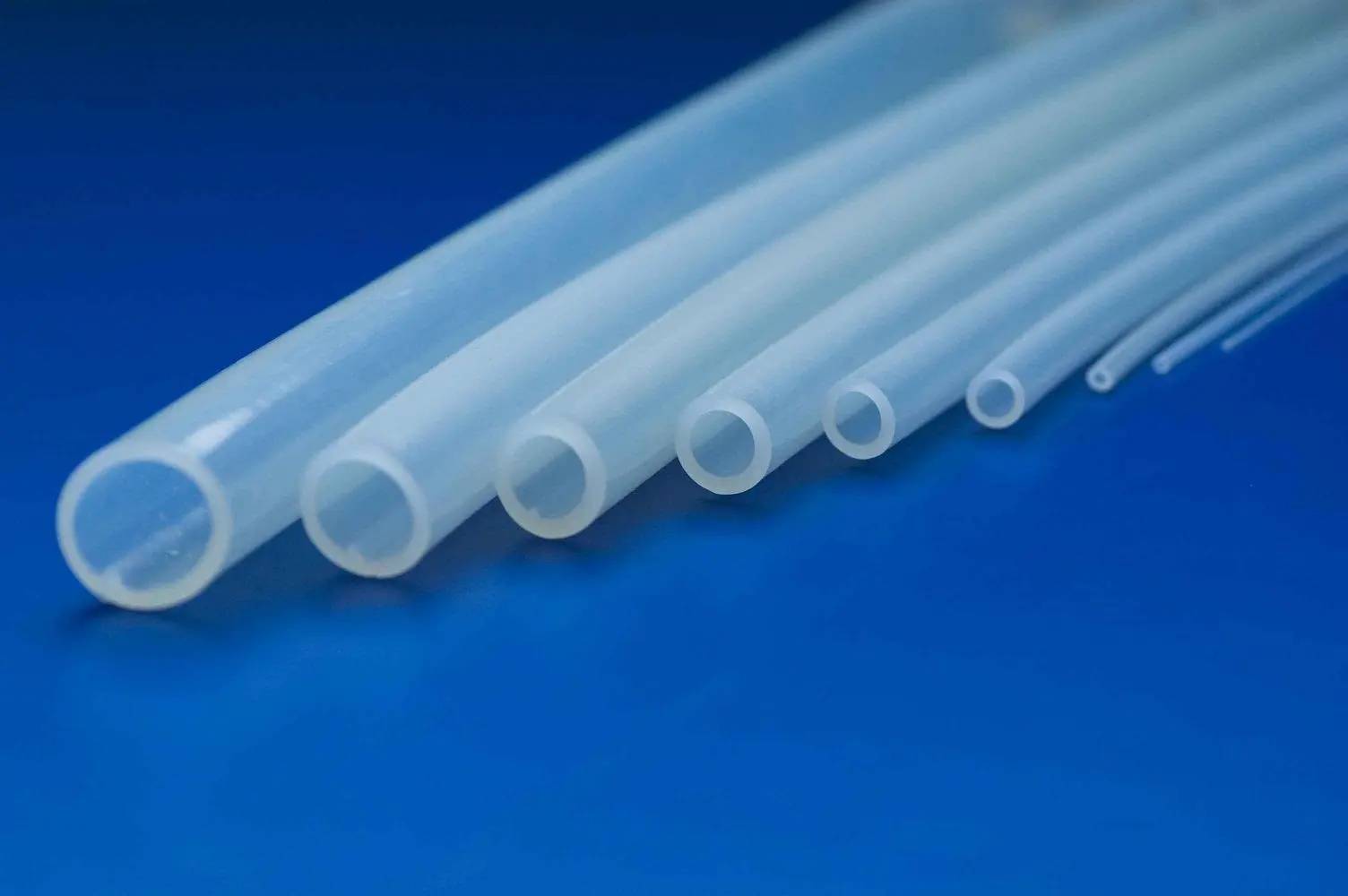
Silicone Tubing
Silicone tubing is a popular choice due to its flexibility and high-temperature resistance. This type of tubing is ideal for high-temperature applications and can withstand temperatures up to 200°C. It is also chemically resistant and can be used with a wide range of solvents and chemicals.
PVC Tubing
PVC tubing is suitable for low-temperature applications and is cost-effective. It can withstand temperatures up to 60°C and is chemically resistant to many acids and bases. However, it is not recommended for use with solvents and other organic compounds.
Polyurethane Tubing
Polyurethane tubing is abrasion-resistant and can withstand high pressure. It is also chemically resistant to many solvents and chemicals and can be used in a wide range of applications. This type of tubing is suitable for both high and low-temperature applications and can withstand temperatures up to 70°C.
Fluoropolymer Tubing (PTFE)
Fluoropolymer tubing, such as PTFE, is highly chemical resistant and can withstand a wide range of temperatures. It is ideal for use with aggressive solvents and chemicals and can withstand temperatures up to 260°C. However, it is more expensive than other types of tubing and is not as flexible.
When selecting tubing materials, it is important to choose the right size and length of tubing for your application. It is also important to ensure that the tubing is properly installed and connected to prevent leaks and other issues.
In conclusion, choosing the right tubing material for your chiller is essential to ensure the success of your laboratory experiment. Silicone tubing is a popular choice due to its flexibility and high-temperature resistance, while PVC tubing is suitable for low-temperature applications and is cost-effective. Polyurethane tubing is abrasion-resistant and can withstand high pressure, while fluoropolymer tubing, such as PTFE, is highly chemical resistant and can withstand a wide range of temperatures.
Why Oil Vacuum Pumps are Not Recommended
Using an oil vacuum pump with a rotavap can cause more harm than good. Here are some reasons why:
Overheating
Oil vacuum pumps generate a lot of heat when in use, leading to overheating. This can cause the solvent to boil over, leading to inaccurate results and wasted samples. In addition to overheating, oil vacuum pumps can also contaminate the samples with oil, which can skew the results.
Difficulty in Sizing Correctly
It is challenging to size an oiled pump correctly for a rotovap application. Having an overpowered pump could result in vapor not having enough time to condense in the condenser. If a process occurs faster than expected, the pump could be exposed to higher pressures, resulting in premature wear and damage.
Contamination
Oil vacuum pumps can contaminate the samples with oil, which can skew the results. This can lead to inaccurate results and wasted samples.
Alternatives
Using a chiller with a rotavap ensures that the solvent will be condensed properly, and the experiment will produce accurate results. A chiller is a device that maintains a constant low temperature to prevent overheating.
Overall, it's always better to use a chiller with a rotavap to ensure that the experiment is conducted without any issues. With a chiller, researchers can perform their experiments with confidence and accuracy, knowing that the temperature is under control.
Risks of Overheating in Rotavap
Rotavaps are widely used in laboratories for removing solvents from a sample by evaporation. However, overheating can lead to several problems, including damage to the sample, loss of product, and even fires. Here are some of the risks associated with overheating in rotavaps:
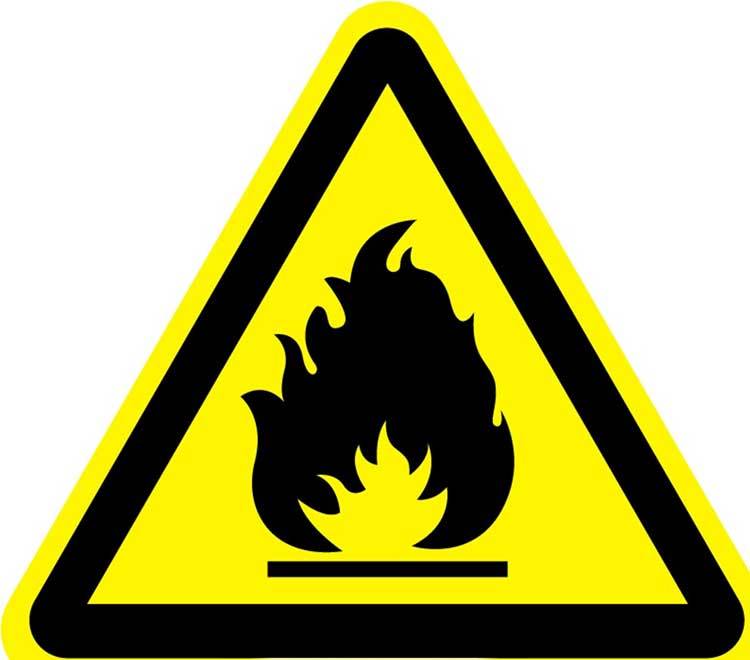
Damaged Samples
Overheating can cause significant damage to your samples, leading to inaccurate results. When the sample overheats, it can break down or decompose, leading to the formation of unwanted by-products. This can affect the purity and yield of your final product. Additionally, overheating can cause the sample to boil over, leading to the loss of the sample.
Loss of Product
Overheating can also lead to the loss of product. When the solvent evaporates too quickly, it can lead to incomplete removal of the solvent, leaving behind residual product. Additionally, if the sample boils over due to overheating, it can lead to the loss of the sample.
Fires
Overheating can also lead to fires, which can be dangerous and damaging. When a rotavap overheats, it can ignite the solvents, leading to fires. This can be particularly dangerous if the laboratory is not equipped with fire safety equipment.
To combat these risks, it is important to use a chiller for your rotavap. A chiller cools the rotavap and prevents it from overheating, ensuring that your experiments are accurate and reliable. Using a chiller is simple and easy, and can save you a lot of time and money in the long run.
Tips for Avoiding Overheating
To prevent overheating during the use of a rotary evaporator, it is essential to follow some simple tips. Here are some of the most important tips you should keep in mind:
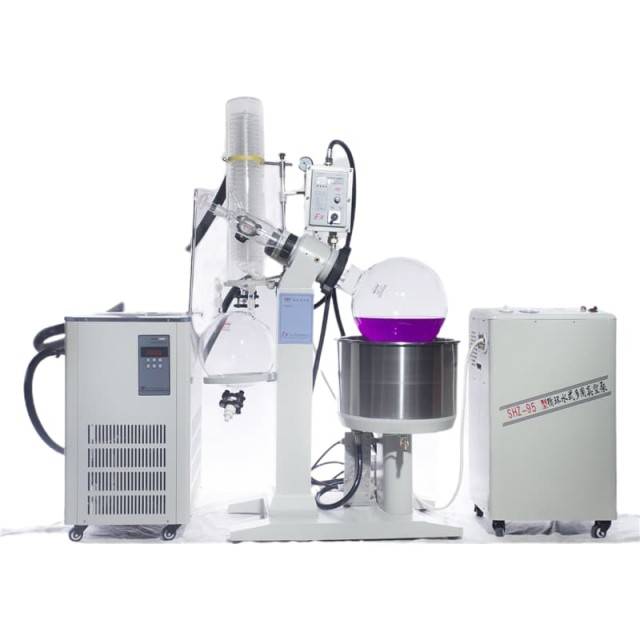
Choose the Right Chiller
The first and most important tip is to choose the right chiller for your specific rotavap model. It is essential to use a chiller that is appropriate for your rotavap to prevent overheating. Make sure to follow the manufacturer's instructions when using the chiller.
Monitor the Temperature
It is crucial to monitor the temperature of your rotavap regularly to avoid overheating. You should adjust the settings as needed to maintain a steady temperature. You should also consider using a temperature monitoring system to ensure that you are aware of any temperature fluctuations.
Properly Maintain Your Rotavap
Proper maintenance of your rotavap is crucial to prevent overheating. Make sure to clean it regularly and ensure that it is free from any obstructions that could impede airflow. Additionally, you should check for any leaks or other issues that could cause overheating.
Use the Right Solvent
Using the right solvent is also essential to prevent overheating. You should choose a solvent that has a high boiling point, and that is compatible with your experiment. This will help to ensure that the temperature remains stable throughout the experiment.
Avoid Overloading the Rotavap
Overloading the rotavap can cause overheating. Therefore, it is essential to avoid overloading it. You should check the recommended load capacity for your rotavap and make sure not to exceed it.
Take Breaks
Rotary evaporation can be a time-consuming process, but it is essential to take breaks to prevent overheating. You should take breaks at regular intervals to allow the rotavap to cool down. This will help to ensure that the temperature remains stable throughout the experiment.
By following these simple tips, you can prevent overheating during the use of a rotary evaporator. Remember to choose the right chiller, monitor the temperature, maintain your rotavap properly, use the right solvent, avoid overloading the rotavap, and take breaks. With these tips, you can ensure that your experiments are conducted accurately and reliably, without the risk of overheating.
Proper Maintenance of Rotavap
Regular Cleaning of Rotavap
It is important to regularly clean your rotavap to ensure that it is working at optimal efficiency. The solvent collection flask should be emptied prior to use to prevent incomparable chemicals from mixing. The exterior of the rotavap unit should be wiped with a cloth moistened with water and mild detergent to prevent the buildup of dirt. The heating bath should be cleaned with an appropriate solvent or water and mild detergent, but some manufacturers advise not to use solvents on a bath, particularly those with Teflon coatings. The protective covers can be removed and cleaned, but note that they may scratch easily, so avoid using abrasive materials for cleaning.
Replacing Worn Parts
Replacing worn parts is crucial to the proper maintenance of your rotavap. The bump trap is an important part of the rotavap and should be replaced if cracked or broken. Metal or Keck clips should be used to secure the flask and the bump trap, and any broken parts should be replaced immediately to prevent accidents or damage to the equipment.
Proper Use of Safety Measures
It is important to follow the manufacturer's instructions and use the appropriate safety measures to prevent accidents or damage to your equipment. The vacuum on/off control should be managed by turning a stopcock at the top of the condenser. The water bath temperature should not exceed the boiling point of the solvent, and the aspirator vacuum should be turned on before starting the rotation of the flask. Once all the solvent has evaporated, the vacuum should be released, and the flask should be raised out of the water bath.
Using a Chiller for Your Rotavap
Using a chiller is a great way to prevent overheating, which can alter the properties of the sample you are working with and cause inaccurate results. A chiller is a device that circulates coolant through a system to maintain a steady temperature, preventing overheating. Chilled condensers should be at room temperature, and the components should be adequately cooled to ensure accurate results.
By regularly cleaning and replacing worn parts, following safety measures, and using a chiller, you can ensure that your rotavap is properly maintained and that your experiments are accurate and reliable. Proper maintenance of your rotavap will help extend the life of your equipment and prevent malfunctions that can affect your experiment.
Shopping for a Suitable Chiller
When conducting experiments using a rotavap, overheating can be a major issue and can potentially ruin your experiment. This is where a chiller comes in handy, as it can regulate the temperature of the rotavap and prevent overheating. However, shopping for a suitable chiller can be overwhelming, as there are many options available in the market.

Consider Cooling Capacity
The first thing to consider when shopping for a chiller is the cooling capacity, which should match the requirements of the rotavap. To determine the necessary cooling capacity and the appropriate chiller, you need to consider three factors related to a particular solvent: vapor temperature, desired evaporation rate, and condenser temperature.
Type of Chiller
The next factor to consider is the type of chiller, whether it is a recirculating or a flow-through chiller. Recirculating chillers are more commonly used in laboratories and are suitable for most applications, while flow-through chillers are ideal for applications that require a constant flow of coolant.
Noise Level
Another important factor to consider is the chiller's noise level, as excessive noise can be a distraction and disrupt the laboratory environment.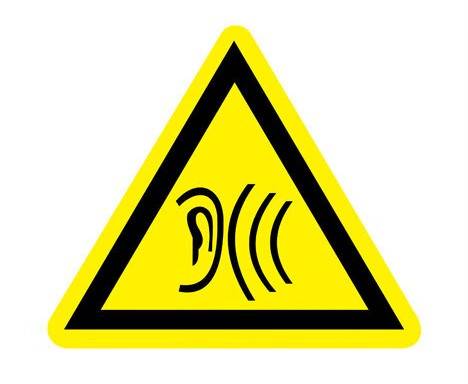
Easy to Operate and Maintain
It is also important to ensure that the chiller is easy to operate and maintain, as well as reliable and durable. Analog controls are suitable for fixed-temperature uses, while digital controls offer more precise temperature set points, consistency, and uniformity. Advanced features can include programmable temperature settings and easy-to-read displays to make it easier to operate the device.
Durability
The durability of a laboratory chiller is largely dependent on the build quality and the materials it is constructed from. Stainless steel can prevent corrosion, which is a common concern, especially in areas that contact with the chiller water. The controls, recirculating pumps, agitation mechanism, and other components should be well-built and durable to handle years of use.
Brand and Service
Check with your network and seek out brands with positive reviews and quality service and support. Assess the warranty and service options before making your purchase. As well, be sure parts are available to order so you can minimize downtime during service and repair.
With these factors in mind, you can choose the right chiller for your laboratory and experiment needs. Investing in a suitable chiller can save time, money, and prevent potential damage to the equipment, ensuring that experiments are conducted smoothly and accurately.
Related Products
- 30L Chiller Water Bath Cooling Circulator Low Temperature Constant Temperature Reaction Bath
- 20L Heating Chilling Circulator Cooling Water Bath Circulator for High and Low Temperature Constant Temperature Reaction
- 5L Heating Chilling Circulator Cooling Water Bath Circulator for High and Low Temperature Constant Temperature Reaction
- Vacuum Cold Trap Chiller Indirect Cold Trap Chiller
- 10L Heating Chilling Circulator Cooling Water Bath Circulator for High and Low Temperature Constant Temperature Reaction
Related Articles
- Preparation and Finishing Work for Using a Low-Temperature Thermostatic Reaction Bath
- Why Tap Water Chilling Is Not Enough for Your Rotavap
- WIP – Warm Isostatic Press Equipment: Design, Features, and Benefits
- Understanding the Features and Functions of Laboratory Press
- A Comprehensive Guide to Understanding Rotary Evaporator Chillers
